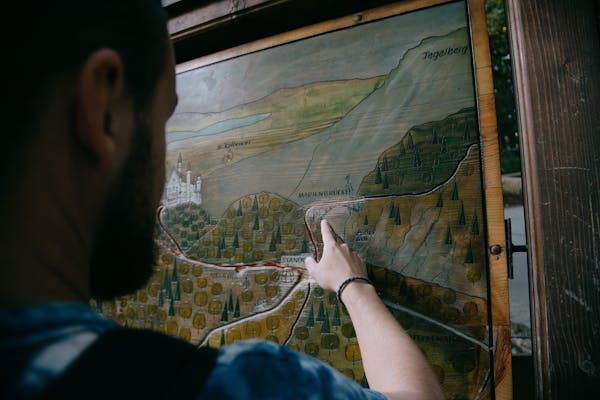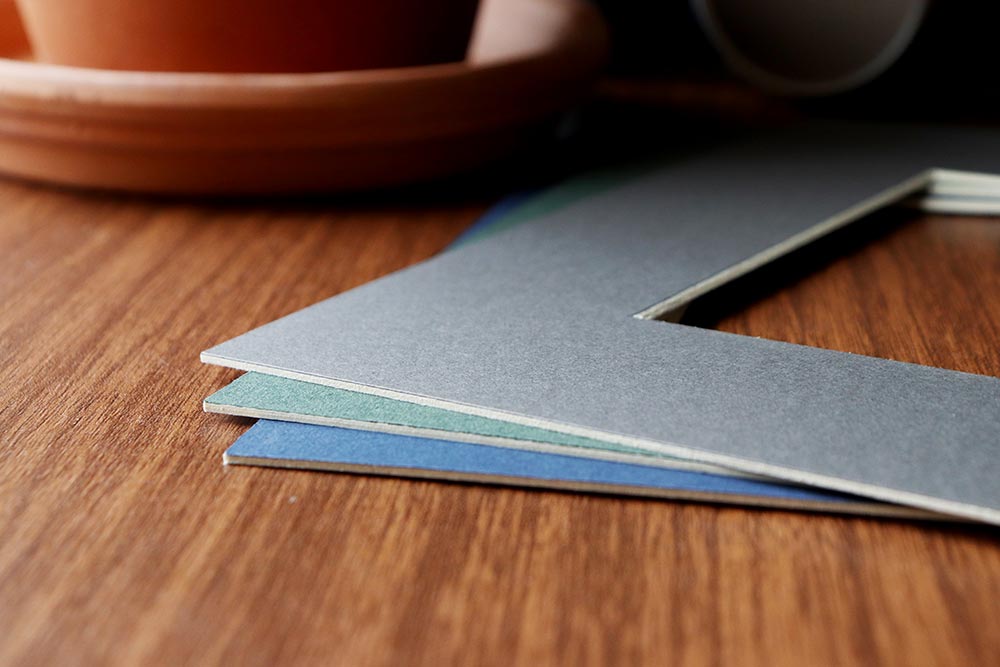Cave Man | Reagan Upshaw Fine Art

Almost a decade ago, Roberta and I were walking through Grand Central Terminal in New York when we heard exuberant, vaguely African dance music. We followed the sound and came upon a group of dancers wearing elaborate horse costumes and executing precisely choreographed movements.

Photo courtesy Metropolitan Transit Authority of the State of New York.
It was our first encounter with the work of Nick Cave. Born in Fulton, Missouri, in 1959, Cave grew up in the large family of a single mother. Economic hardship required constant repurposing of items of daily life, and Cave learned to sew in order to alter and repair the clothing of his older brothers. This early association with fabric led to an interest in fashion and design.
Cave attended the Kansas City Art Institute, earning a BFA in fiber art. Just as important, he met choreographer Alvin Ailey and began to spend summers in New York, working with Ailey’s dance company while continuing his activities in fashion and design. He received his MFA from Cranbrook Academy of Art in 1988 and began to teach fiber arts at the School of the Art Institute of Chicago the following year. He is currently head of their graduate fashion program.
This blog is the result of another encounter with Cave’s art, this time at the Museum of Contemporary Art in Chicago a couple of weeks ago. (The retrospective exhibition, titled Forothermore, will travel to the Guggenheim Museum on November 18.) The exhibition contained works by Cave in a variety of formats, but prominent were the pieces he began to make as a response to the brutal beating of Rodney King by the Los Angeles police in 1991, a videotape of which was splashed across the national news, engendering widespread social disturbance. As a Black man, Cave was well aware of the dehumanizing gaze of authority toward Blacks. As a gay man, Cave was doubly aware of institutionalized hostility toward the Other. His emotional response to this threat as an artist was to hide himself from the hostile gaze, to build a suit of fabric, twigs, and other materials that would cover his body from head to toe, disguising his gender and identity.

When he donned his first creation and walked in it, Cave heard the sounds the suit made, and they became an integral part of the piece. He went on to make many other suits, each one with its individual sound. In performance, the suits and the sounds they made both claimed attention and hid the identities of the dancers.
Cave has spoken about the comforts and difficulties of performing in a soundsuit. “It’s protecting, it’s isolating, it’s shielding. There’s a sense of feeling liberated, but you also have to understand that being in a soundsuit [means having] to surrender a part of yourself. There’s a transformative moment. In order for you to be what this is, you have to be willing to transmit to something other. How are you going to convince me that you’re being a soundsuit, not just wearing a soundsuit? That whole idea of being is all about this sort of transformative shift. How do you settle down in order to receive this other?”
As Roberta and I toured the Chicago show, the former art museum registrar in me began to assert himself in a nagging manner. “Look at those sequins! Look at those feathers! The suits are gorgeous and over-the-top, but how do you conserve them? Do those sticks get brittle? How do you even clean such a piece? You can’t wipe it down or vacuum it.”

I brought the question up later to a collector who owns a Cave soundsuit made of sticks and long grasses. “How do you dust that thing?” I asked.
“Blown air,” he replied.
“You mean like one of those aerosol cans you use to blow the dust out of your laptop’s keyboard?” I asked.
“I started with one of those,” he answered, “but after going through two or three cans and not being nearly finished, I started using a compressor and an airbrush.”
Well, see the Cave show if you can. You’ll be blown away. And while that’s happening, give a thought to the conservators and collectors who are doing their own blowing.








